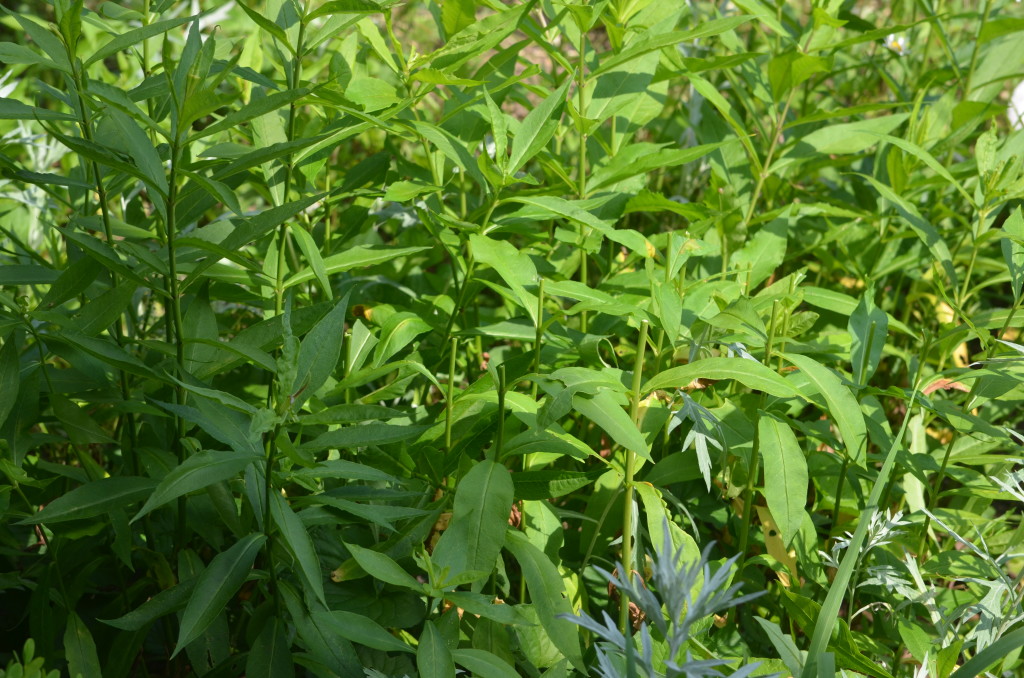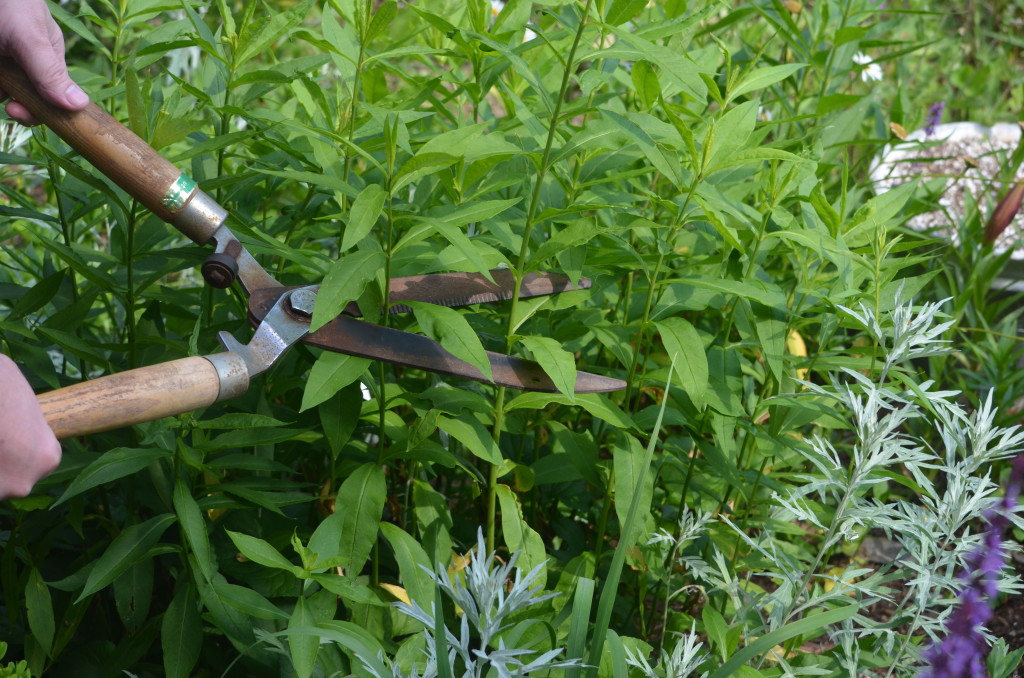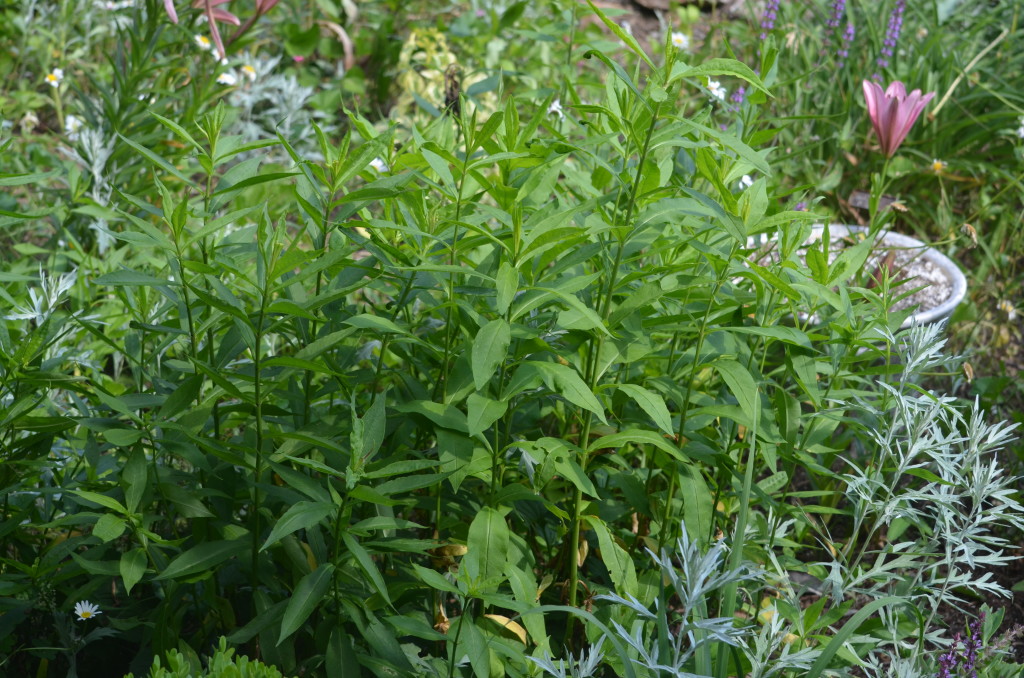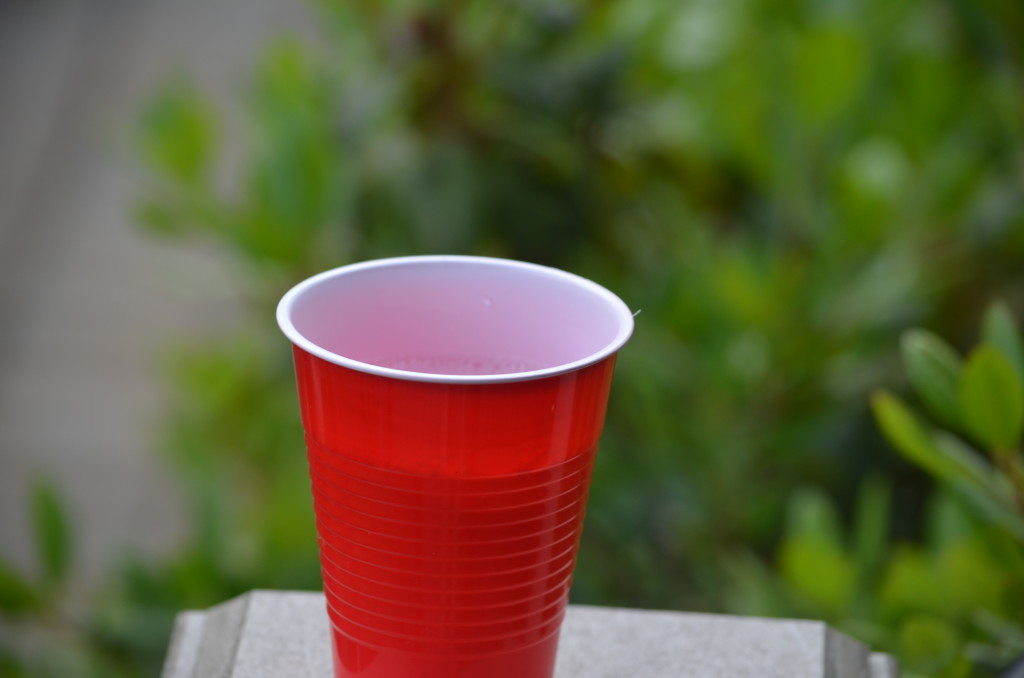the time is now to do many things that athough they may seem tedious , trust me, when you look back on this date from the glorious garden in September you will be glad you fit in a few minutes a day to carry them out.
Let’s start with the hardest chore ( emotionally) of them all…. shearing.
I would venture to say the biggest contributor to a garden that looks tired and past it’s prime is old foliage. After a long season of bug attacks, slug infestations, drought and disease exposure, many plants have brown , dry or tattered leaves. This alone can make the garden look like the season is over even when we have a full three months to go! . Taking a careful assessment, both now and in the month of July, and cutting back plants that are looking ragged can make a big impact. It is soooo difficult to cut back fully grown plants and leave a temporary hole in the garden but it is all for the best so buck up and cut !
If I had to chose one chore that in a time presssed situation I would place high on the prioroty list it would be this. other things can wait as after this task is complete you need time to get everything to grow back
Here are a few of the things I cut and the results and reasoning behind the dratic measures
Perennial geraniums aka cranesbills and geranium macroryhzum : After they finish blooming they often splay out and get very leggy, plus it is a pain to deadhead them. Instead, shear them back to the ground and for two weeks you will maybe regret it, but then miraculously they will shoot out fresh foliage that will last until frost. You may even get a second bloom if you are lucky.
Salvias I cut back hard after bloom as here they tend to get slug damage an d again, it is easier tahn deadheading
Catmint doesn’t even need to finish blooming for me to shear it back, the minute it spreads it’s lazy arms all over the other plants, it gets a hacking and again, fresh foliage follows and new flowers too.
If a clematis ( of the pruning group 2 or 3 varieties) is showing a fungal diseas or extensive browning of the leaves it also gets cut to 12 inches or so. Dead and brown leaves do nothing for the plant anyway so no harm done to cut it down, Many clematis growers routinely cut back just about every clematis after bloom for plant health, although i would just stick to the mangy ones
In years of especially bad drought or slug damage I cut all daylily foliage back after bloom: result is fresh new foliage for Fall that looks all nice and green. Othe victims could be kalmeris or Indian asters, hosta if dreadfully bad, pulmonarias, dianthus ( pinks) candytuft,silver mound artemesia, bearded iris that is diseased or has borers, bee balm with any powdery mildew ,Lady’s Mantle is a must do as the new foliage is nothing short of divine ,and never forget trandescantias (spiderworts ) as they can look dreadful after blooming. All these cutbacks need to happen pronto after blooming, don’t delay or the plant will not have time to regroup and resprout for your August through November viewing pleasure.
A modified form of shearing is what is known in the UK as the Chelsea Chop. Named for the timing ( late May is the Chelsea Flower Show) it refers to the process of cutting late summer bloomesr back by a third or half to make bushier plants that flower later in the season. You can do this to perennial mums, asters, joe pye weed, garden phlox, tall artemesia cultivars , heleniums, boltonia and chelone ( turtle head). I follow the major holidays and do a little chop on Memmorial Day, Father’s Day and the Fourth of July …NO LATER or you will loose bloom alltogether!
You can take this even further ( and I do ) by staggering the plants in a grouping. Say you have a large planting or even 3 or 4 tall garden phlox, cut one section in May, one in June, and one in July, and maybe leave one alone. You can even do this to stalks on the same plant. Now you have extended you bloom time over many weeks , often lasting very very late in the season. VIOLIA! Garden perfection.
here just the front few stalks of the phlox are getting trimmed. These will stay shorter and bloom later than the others on the same plant


every time I cut a plant back it gets extra water and often ( especially with the clematis and anything that was cut back for health reasons) a dose of liquid feed or even a slow release fertilizer application. Shooting out a whole new set of leaves can take a lot out of a plant for sure so extra care is essential.
The second chore I try to make time for is deadheading. Although this task may prolong bloom times and stop the plant spending valuable energy in seed making, it is not as time essential as shearing from which the plants need to regrow to fill their space. A few things you may leave the seedheads if they are interesting ( another post on that is coming!) but as a general rule , dead brown and squishy rotting flowers are not so attractive.
Weeding is a pain but can make a huge differnce in the shape of a valued plant if they are being shaded by an unwanted specimen. Water and nutrients are not being competed for wether in a well weeded space. Get your headphones on, find your groove and weed for your gardens sake.
Make a specific time that you will rigidly adhere to for a garden walkabout to catch little problems before they become insurmountable. Aim for at least two weekly walks with your un-rose colored glasses on to inspect all garden subjects and make note of disease, pest and pruning problems.
Catching a few diseased leaves and removing them with of without a follow up of neem or another remedy may stave off whole plant disfiguremnet. Squishing of adult bugs and looking for larval infestations, noticing aphids or mites and quickly using a hose on full force dilodging the evil critters can mean foliage and flowers are preserved. Shrubs and trees can quickly cause too much shade and plants may get leggy while they despertely reach for daylight, a littel judicious prunig would keep everyone happy .Walk and make note.
In very dry years make a triage list of things that will need hand watering to remain their goodlooking sleves. Some plants tolerate drought, some will bounce back, others will be done for the year if you let them get to the point of no return water wise. make a list, water those who you know will not recover first, others if and when you can.
Be vigilant about bugs and slugs. Clearly, no garden will or should be bug free, but things like the red lily beetle and slugs need to stay in check and eyes on the garden every few days will alert you to when action is needed. I am a huge fan a walking about with a large red solo cup full of soapy water to drown japanese beetles, slugs and other vicious herbivoires with many legs.
Next Friday in this series: my list of absolutely can’t live without herbaceous plants for the late season garden!